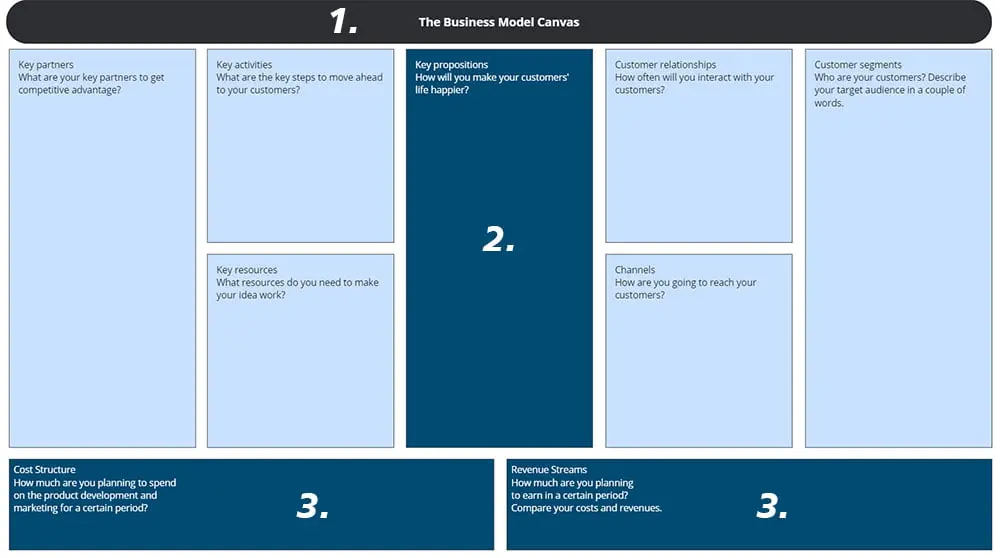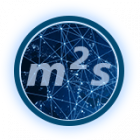
Azure vs AWS vs Google Cloud?
Choosing a cloud provider is a crucial step for companies that want to move their services to the cloud. This process requires careful consideration of various factors that influence the efficiency, security, cost and scalability of cloud services. This article examines not only general selection criteria, but also highlights the specific strengths and example use cases of leading Platform-as-a-Service (PaaS) providers AWS, Azure and Google Cloud. With real-world insights and case studies, the article provides a valuable decision-making tool to give readers an in-depth understanding of the unique benefits of each platform and help them choose the right cloud provider for their organization.



